The Oropouche virus (OROV) is a generally obscure infection. It may be a neglected virus, but it is imperative in a few parts of the world. OROV could be a part of the Peribunyaviridae family and the Orthobunyavirus class. It is transmitted to people by mosquitoes. In any case, it is, without a doubt, a punctuation list of infections transferred through insect chomps.
Its to begin with recording was in 1955 on the island of Trinidad and Tobago. OROV has taken part in the development of various plagues in South America and Central America, particularly within the Amazon basin, over the years and within the northeast of Brazil.
The virus is the pathogen mindful of a malady called Oropouche fever. It is extreme to analyze the illness because it is nearly the same as other tropical illnesses such as dengue and chikungunya. The most common vectors of this infection are the Culicoides midges, but they are on the rise. On the other hand, the mosquitoes might be a way of telling the infection came moreover through them. Oropouche fever may be risky because it can rapidly become a major plague. It could be an issue indeed, in spite of the fact that it isn't the most common reason for passing. It is still a public health issue within the zones where it is predominant, in spite of the fact that there's no particular treatment or immunization for it.

Oropouche infection is generally endemic within regions like Brazil, Peru, and the countries around the Amazon. Individuals are very barely mindful of Oropouche fever. There's, be that as it may, a contrast within the levels of public awareness between this infection and other shapes of febrile ailments like dengue and Zika. It is accepted that this infection has been the cause of a couple of people's diseases as its location has begun.
The scourges, intermittently in bursts, have a peak event amid the stormy season, when the midges and mosquitoes are at their biggest number. The fact that larger cities may endure the foremost from the major epidemics does not mean that the provincial zones are not the ones encountering the foremost torment. Besides, these insects are moving to regions where climate change is causing the influx of more insect species. It will initiate the spread of the infection to places where it was not before.
What are the origins of the Oropouche virus? Tropical midges (Culicoides paraensis) are the carriers of the Oropouche virus and other arboviral diseases. This mode of virus transmission is not the only one. Mosquitoes of the Culex quinquefasciatus species can also transmit the virus. Non-human primates, birds, and some small mammals are the main reservoirs of the virus.
Nevertheless, humans are among the virus's “dead-end hosts,” so they have no role in reintroducing the virus into the environment. In very rare cases, human-to-human transmission might occur, for instance, during blood transfusions.
Environmental elements play a major role in viral transmission. Urbanization and deforestation have allowed humans more direct contact with mosquitoes and midges that carry viruses. Our intrusion into untouched environments not only results in a higher number of insects but also allows viruses like Oropouche to find humans.
The Oropouche virus is similar to the common flu but can be confused with dengue fever. The first signs usually come out four to eight days after the bite, and they are so sudden that they are almost impossible to confuse with a cold. Most people might have a high temperature, mostly accompanied by headaches, arthralgia, and muscular pain (myalgia).
Besides fever and cardiopathy, individuals also complain of lumbago, eye (retro-orbital) irritation, and general weakness or exhaustion. And yet, nausea, vomiting, and stomach discomfort might be experienced, though they are not regularly found. The eruption will remain for a few days and may accompany the rash, but the rash will be gone afterward. Besides the less common conjunctivitis and hoarse throat, you may have redness in your eyes.
Which is the most dangerous one? After the initial illness has been treated, some patients may have problems when they catch a second illness with the same symptoms within a few days. The “second wave” is usually characterized by a higher level of fever and joint pain, but it is still not as good as the first phase.
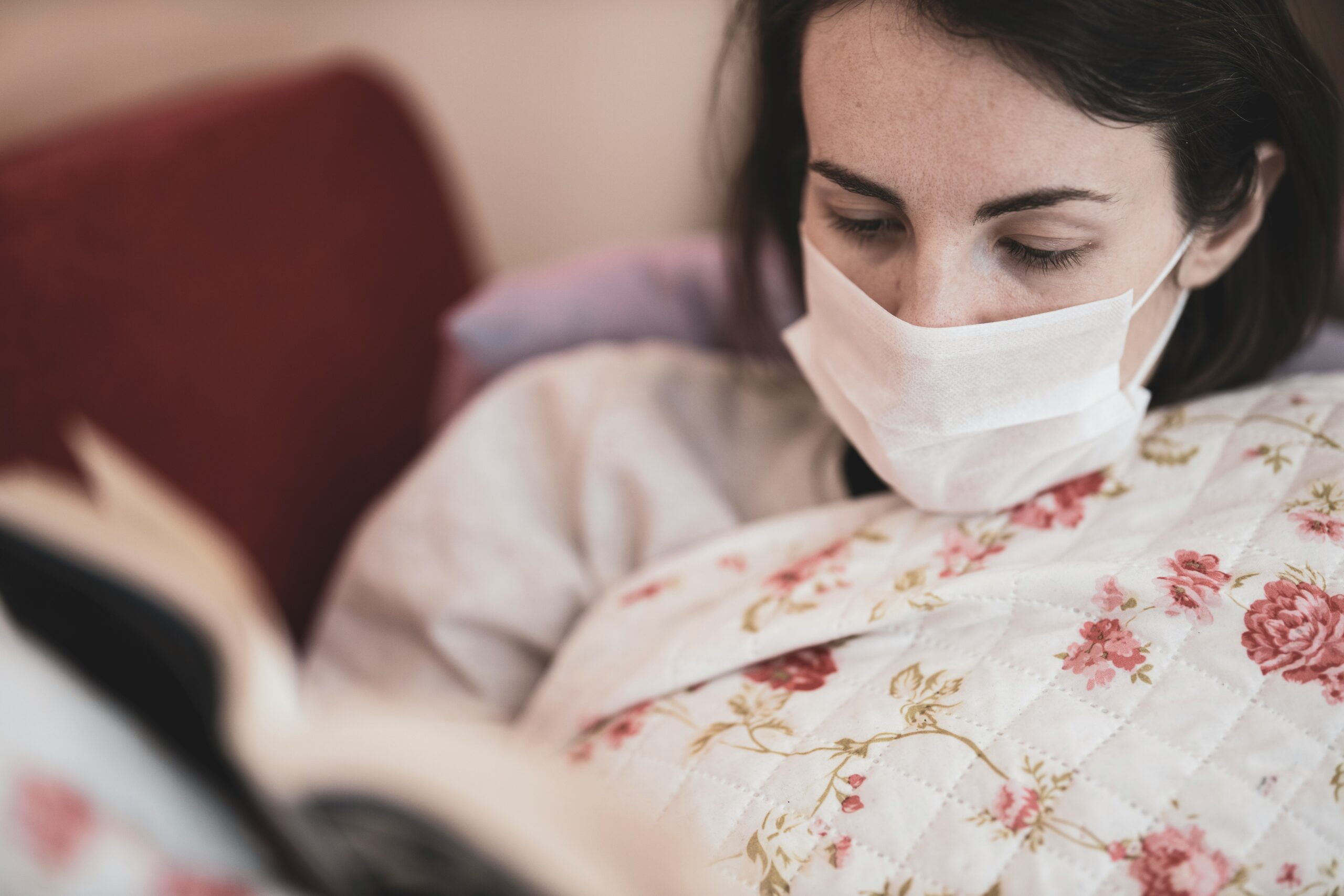

Oropouche fever mostly has a benign impact on the population and causes no serious problems for most people; still, there are some exceptions. However, the viral infection may lead to neurocognitive difficulties, which is a serious aspect of the disease. The risk of encephalitis, the inflammation of the brain, is particularly high among children, the elderly, and those with chronic diseases. That can result in seizures, disorientation, and behavioral changes. If you notice these signs, it is essential that you immediately seek medical assistance for the person.
On the other hand, aseptic meningitis, which is caused by the membranes that surround the brain and spinal cord instead of bacteria, is also a problem. It is not as lethal as bacterial meningitis, but it causes the most agonizing symptoms, such as severe headaches, neck stiffness, and light sensitivity.
Even though the fever and serious symptoms have passed, a very small number of people will still experience persistent weariness or joint discomfort. These side effects are not only bothersome but also cause the patient's poor health. Although it is unusual, people who have experienced it may think that rehabilitation is forever.
The symptoms of the Oropouche virus may mix with those of other tropical diseases like dengue, Zika, or chikungunya, making the diagnosis more difficult. Thus, laboratory testing is necessary to rule out Oropouche virus infection. The physician may confirm a patient's infection status in various ways, each with its own advantages.
The most effective method for diagnosing the Oropouche virus is the reverse transcription-polymerase chain reaction![]()
(RT-PCR) test. This test finds the virus's RNA in the patient's blood or other body fluids. Its precision is very high, particularly when the viral load in the bloodstream is high during the early stages of the disease. As the disease advances and the detection of viral RNA becomes more difficult, the reliability of this test decreases.
The virus is the most precise instrument for diagnosing viral infections. This approach is seldom used in a clinical environment due to its labor-intensive nature and the need for special laboratory instruments. Nevertheless, the focus of the application still includes research and surveillance of disease outbreaks.
Serological tests are another alternative, particularly in the early stage of the disease when the virus's RNA may not yet be present so that the test may be negative. The blood test aims to identify antibodies like IgM, which indicate that a person has recently had an acute illness, and IgG, which indicates a person has previously experienced the disease. These tests are important, but they are not the only ones. In some cases, cross-reactions and false positives may result from antibodies similar to dengue viruses, which some other viruses have.
One of the obstacles to using immunofluorescence tests called IFA to detect resistant antibodies to viruses is that they are difficult to perform, but nevertheless, they can be of great help. After that, we should carry out the plaque reduction neutralization test, PRNT, which is a very reliable method of diagnosis. To determine if his antibodies can bind to the virus and block it from entering the cells, a patient must check if the Oropouche virus is present.
Due to technological intervention, next-generation sequencing![]()
(NGS) has become a very powerful tool in determining the Oropouche virus over the last few years. This technology allows scientists to easily and quickly carry out viral genome sequencing. Therefore, it is part of diagnosing viruses and monitoring the changes that may occur during an outbreak.
Immunohistochemistry is also a very rare way of diagnosing a disease. It is a method that uses the markers of antibodies to prove the presence of the virus in autopsy tests (e.g., medical tests or laboratory tests) or tests done after the death of a person. This method, however, is not widely used in diagnostics, but lately, it could be very helpful in ongoing studies or a big outbreak.
That is the first time the Oropouche virus has been treated with a drug that works against it directly. In practice, doctors mainly use a supportive care approach, which consists of symptom management, helping the patient cope, and letting the body heal itself to a certain extent. The patients are mainly advised to take a lot of bed rest and water treatment. Water is always the main solution in cases like this. Thus, if a person is sick from a vomiting or diarrhea condition, they should drink as much water as possible to avoid the possibility of dehydration.
Drugs such as acetaminophen (paracetamol), which is effective in treating high temperatures and joint/muscle pain, are commonly used for pain relief and fever treatment. Nonsteroidal anti-inflammatory drugs such as Ibuprofen should be prescribed only after inquiring with the doctor. Avoiding such problems is critical, especially when other diseases are also present in the patient diagnosed with dengue, as this will increase the risk of bleeding.
Those who are extremely sick or have brain problems may require hospitalization![]()
. Corticosteroids are helpful in redness reduction. However, their use is debated due to insufficient evidence and controversy concerning the occupation.
Researchers point out that besides supportive therapies, other treatment modalities should be the main emphasis of the treatment. Researchers have used the broad-spectrum antiviral agent ribavirin in the laboratory to determine whether it is effective. However, its impact on humans is still not clear. Monoclonal antibodies are also of interest to some. They are the people who can get the virus and the ones who can get cured. But this is still just an idea.
Sometimes, intravenous fluids are the only choice for people who can't maintain oral hydration. Therefore, this is the end of the dehydration stage. The most serious problem might be with children, old people, and people with weak immunity who are at a higher risk of complications.
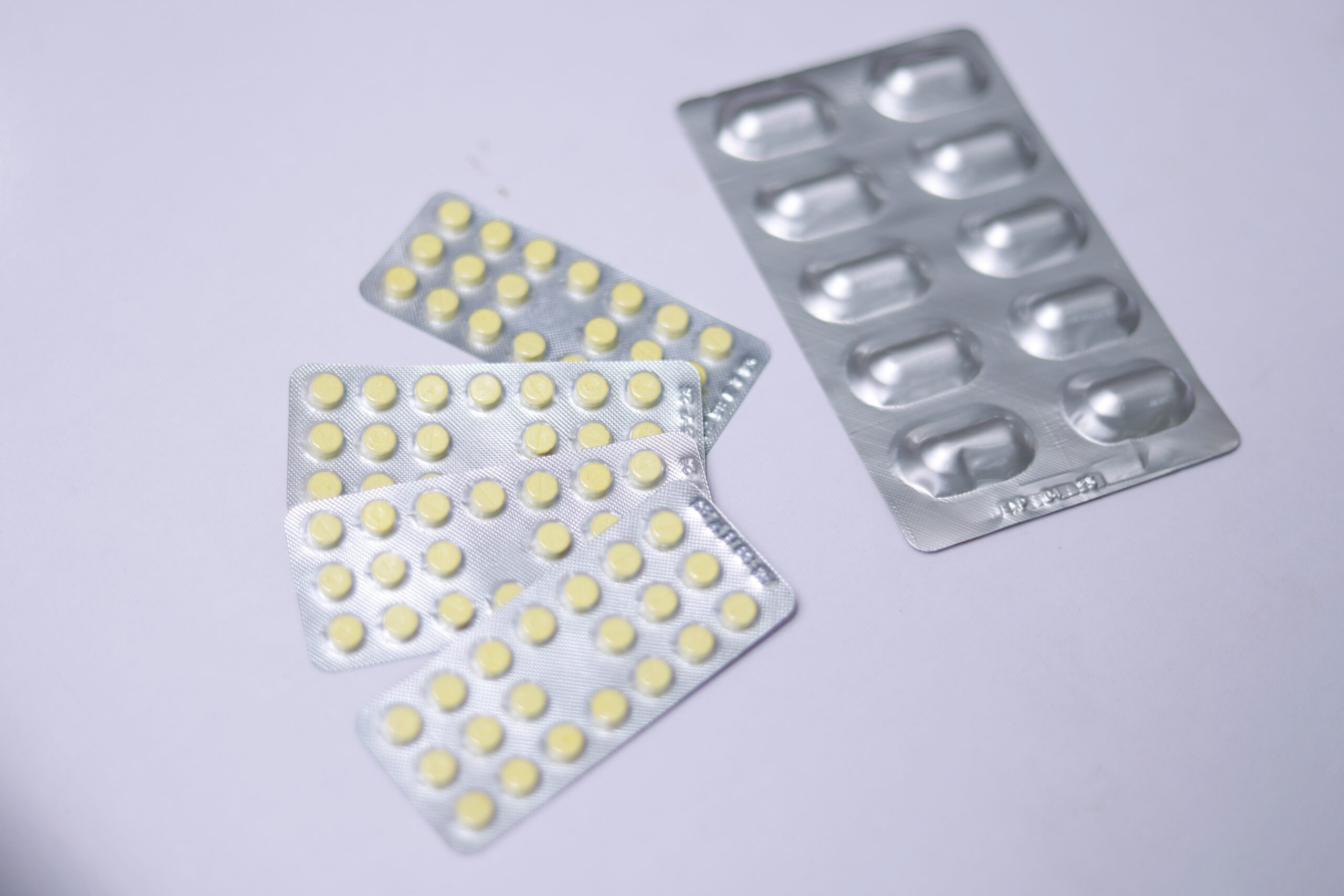

A virus-infected person who has been sick because of the Oropouche virus is almost always cured after one or two weeks, which is very positive news. Almost all the cases are non-fatal, and, in rare cases, some serious side effects occur, primarily in the case of patients who have taken the medication for a long time. Nevertheless, some people experience a kind of “second wave” of symptoms that may last several months or weeks. Aside from this, the disease is similar except for the arthralgia and fatigue. There are few long-term adverse effects, and it will be self-limiting with time.
Encephalitis and other neurological disorders can be avoided, and this will cause a better prognosis. Rarely do some patients undergo memory loss or mobility difficulties after therapy; however, this is the case with only a few patients and is mainly associated with the treatment's intensity and rapidity. The oral virus is the least deadly; mostly, the infected patients recover without any complications.
To prevent the virus, avoiding midges and mosquitoes, which are Oropouche virus carriers is necessary. Therefore, it is a must to apply insect repellent (preferably the one that contains DEET) to long-sleeved clothes and sleep under mosquito nets, especially when the virus is prevalent. Moreover, managing vectors with pesticides and cleaning up places where mosquitoes breed can also help control the virus in already infected areas.
Education and awareness campaigns might be very helpful in preventing epidemics. The public should be sensitized to the dangers and means of protection, as well as the importance of seeking medical help if they develop symptoms. Besides this, it is crucial to have monitoring devices that detect both human cases and insect populations.
Table of Contents
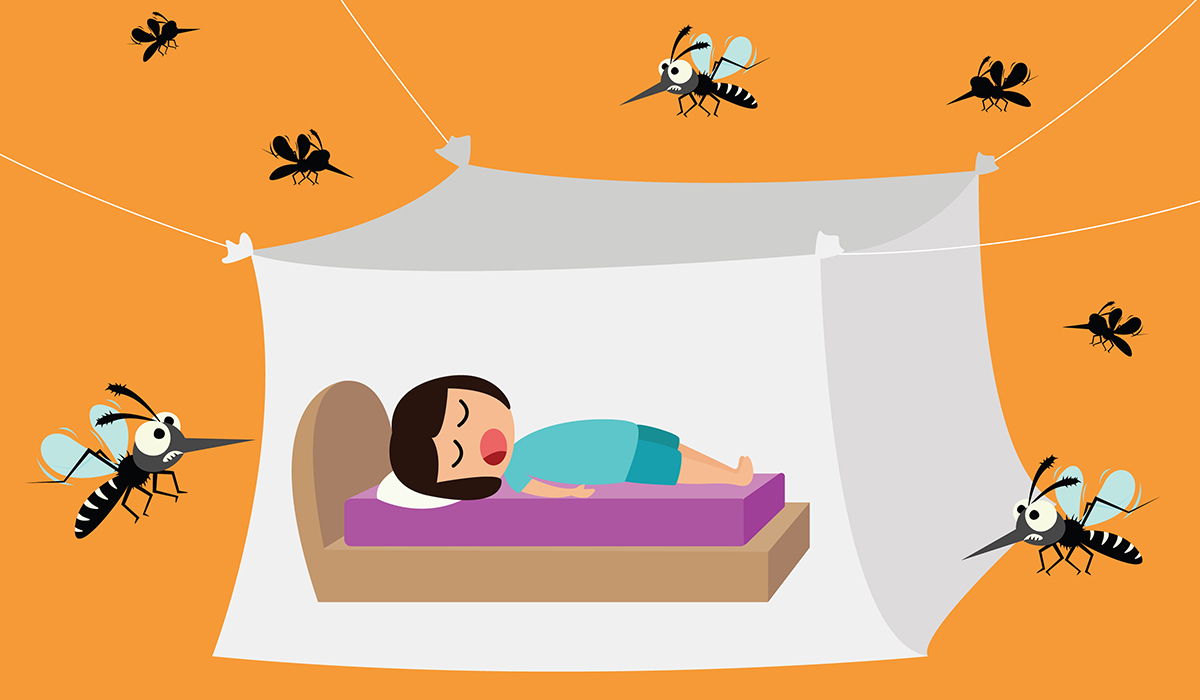

Dengue fever is a common malady caused by the Dengue virus, which is caused by mosquitoes, mainly the Aedes aegypti… read more »
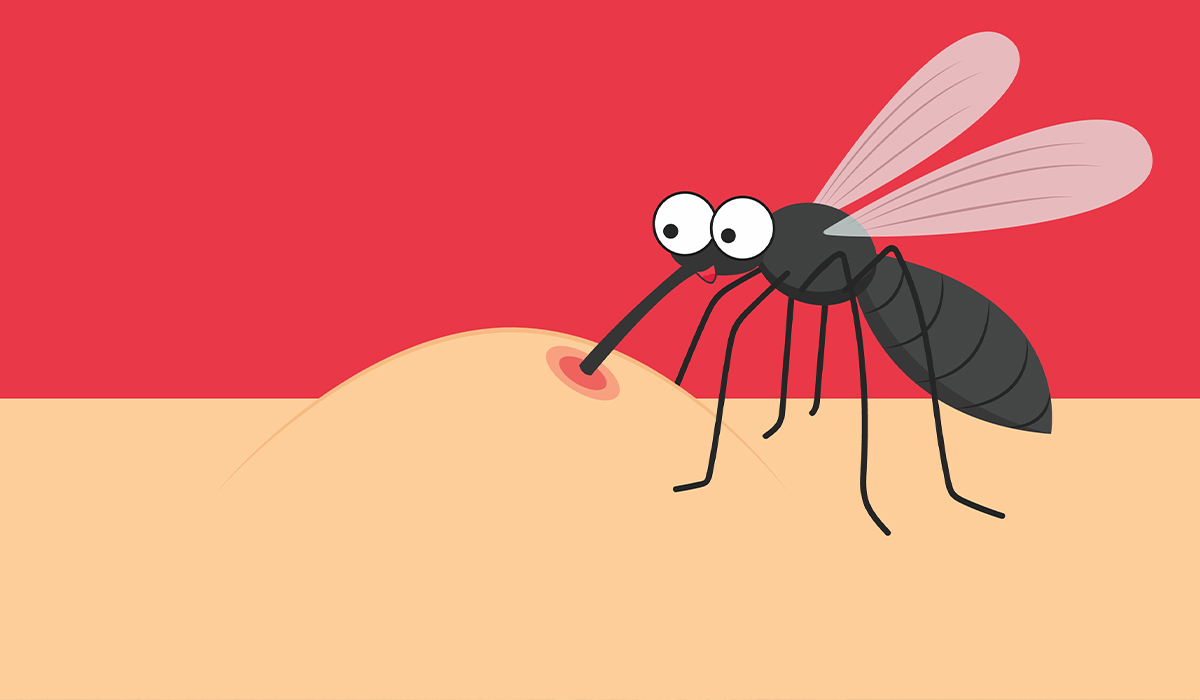

Mosquito bites are a skin reaction to the bite of a female mosquito. Why is this happening? How to prevent… read more »
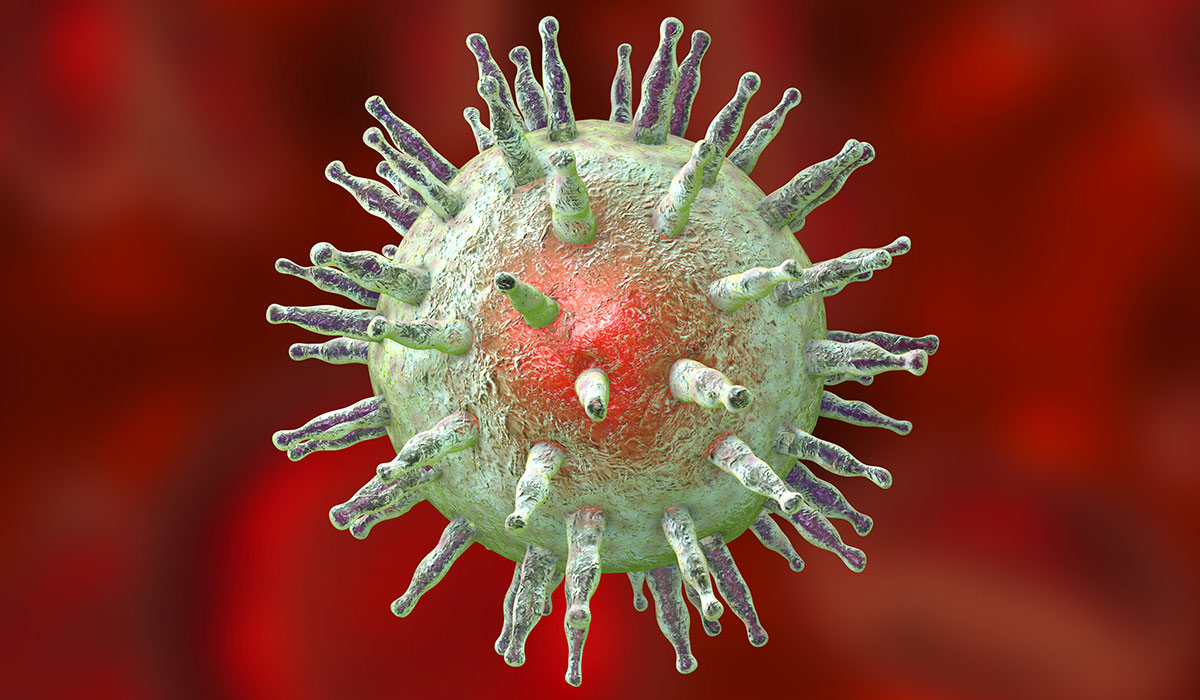

Epstein Barr Virus is a pathogen that causes infectious mononucleosis and many other diseases. Learn about the risks associated with… read more »


West Nile Virus is a threat not only to Africans. Fortunately, most patients pass the infection mildly, but there are… read more »
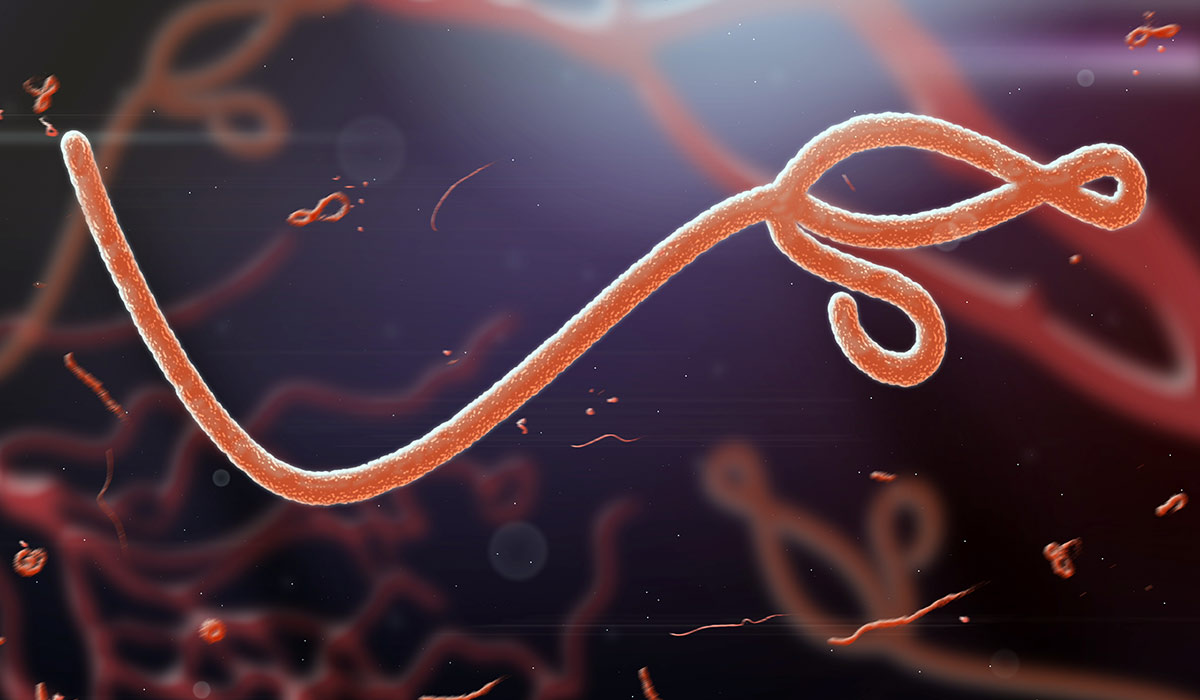

The Ebola virus continues to pose a threat to those living in Africa. Learn about the risks associated with Ebola… read more »
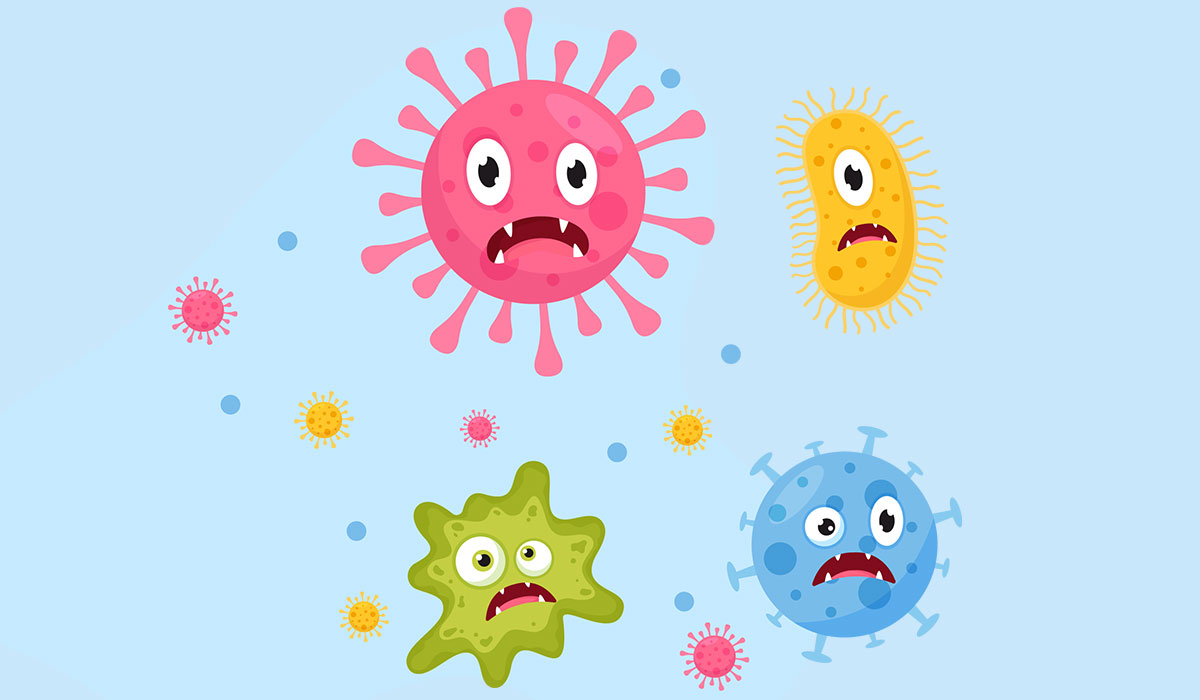

Viruses are microscopic infectious agents that can only replicate inside the living cells of a host organism. They are not… read more »


Encephalitis is a medical term doctors use to describe inflammation of the brain tissue. In this condition, the inflammation is… read more »
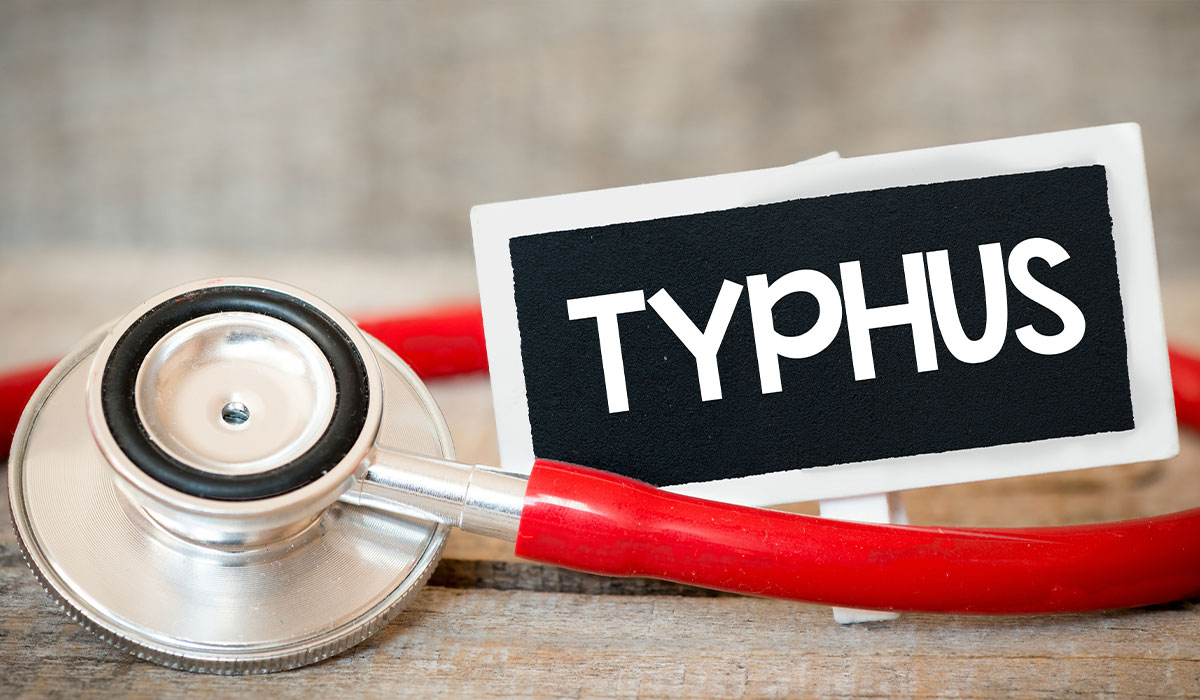

The term typhus encompasses three main types of typhus – epidemic typhus, endemic typhus, and scrub typhus. Each one of… read more »
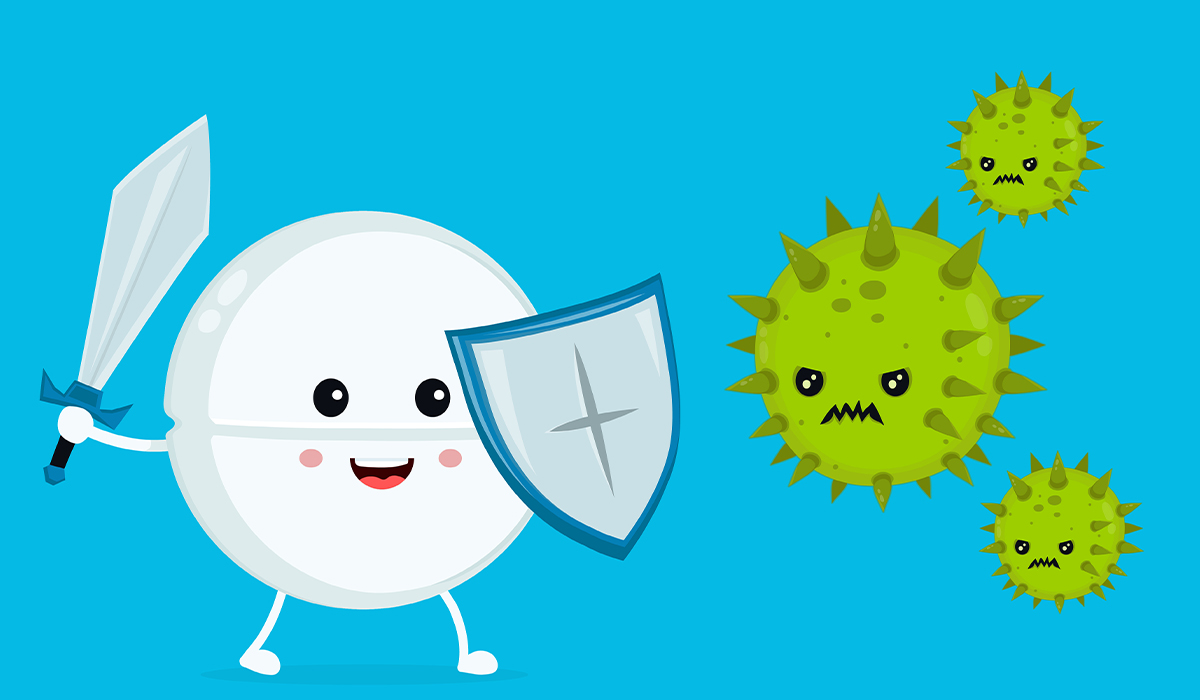

A viral infection occurs when a virus invades the body and begins to multiply. Viruses are tiny infectious agents that… read more »